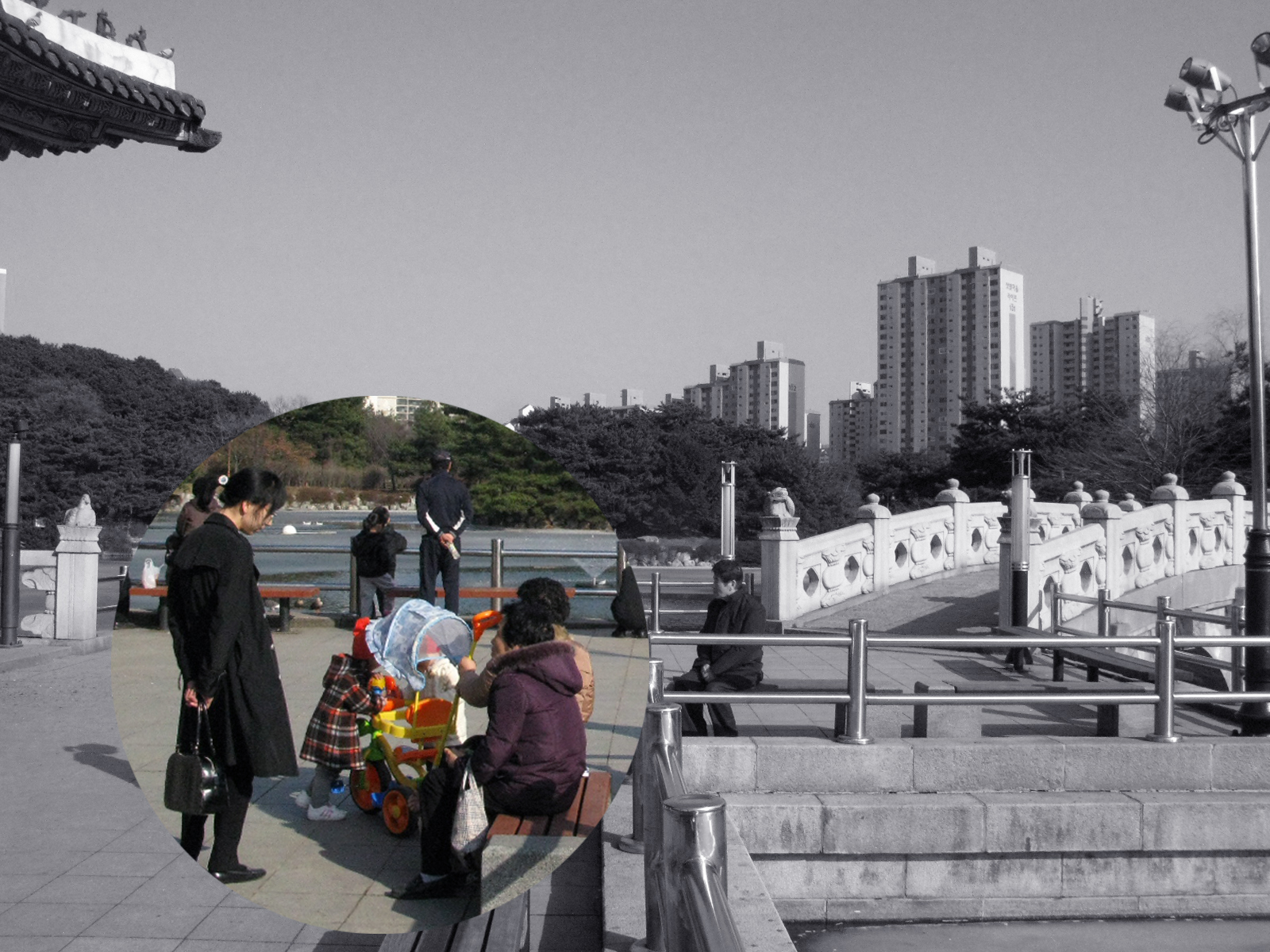New Towns
New towns, sometimes also known as planned communities, are places that have been carefully planned from their inception. Examples of these include state and country capitals, company towns, and satellite cities as well as “garden cities” and the more contemporary new urbanist developments. This diverse array of towns is tied together by the strong desire on the part of their creators to provide alternative community designs that improve the quality of life of residents. New town developers are thus responsible for creating communities that involve much more than building individual houses. They create the infrastructure, both hard and soft, that enable people of all ages to live, work, and play in healthy and gratifying new environments.
New towns were a key concept in urban planning throughout the 20th century. Developed throughout the world, both in highly developed countries and in emerging markets, these new towns have been studied extensively by scholars. While the British, French, and Singapore news town programs are very well known, in the United States in the 1950s, 1960s, and 1970s about 150 of the equivalent “planned communities” were proposed though most were not completed.
The 1990s brought a new interest in the idea of planned new communities, though most built examples are more accurately planned neighborhoods. There are now some hundreds of new urbanist neighborhoods, for example. At the same time new towns have had a resurgence in China.
Through research and events, the New Towns Initiative at Harvard University addresses important questions that relate to new town development, operations, management, and the perceptions and quality-of-life of residents. It also addresses how new towns can continue to be relevant in the current period.
This initiative is led by Professors Richard Peiser and Ann Forsyth originally with funding from Vanke, China.
